Notes
If it Loots, it Leads: Stereotyping the Police Shooting of Michael Brown in Ferguson
Excuse me for referring to the photos from Ferguson, following the tragic killing of Michael Brown by a local police officer, as instructive. It’s not my intention to convert the pain and raw emotion of this killing — in another event that stands out to the nation as both singular and indicative — into an exercise.
Still, there is something wrong with the tendency to objectify acts of violence against poor urban blacks, and any violence that follows, as either a leading visual them or even a singular visual counterpoint. (Along those lines, credit The Post-Dispatch for this video expression by a local citizen, Leonette Hilliard, expressing regret for the looting, as well as this interview with DeAndre Smith, who justifies the act, for making the event more dimensional than stereotyped). I should add that the visual coverage by the Post-Dispatch is not only extensive but, in addressing the protests in the immediate aftermath, is full of powerful and varied images.
In addition to photo like this of Michael Brown’s mother, there are innumerable photos of citizens expressing their anger in strong and oppositional, but still civil ways, as we see in this photo of two protesters — in very different manners — engaging police outside their headquarters.
Or we have images like this immediately below not only capturing the iconic gesture, the one Brown reportedly demonstrated to signal he was unarmed. We also can see the tension and diversity of reaction as a member of the clergy urges protesters to come pray rather than obstruct the street in front of the police station.
Day before yesterday, nobody was looking to destroy or pillage the QuikTrip.
For these acts and images to do more than express the release of anger over one more senseless killing — fueled by the invisible crisis in America of a two-tiered economic system, the rage over institutional racism and the persistent harassment of black youth on town and city sidewalks by increasingly militarized police departments — is still another textbook example of America’s racial and class polarization. The looting photos should not be fodder for finger wagging or utterances of “what do you expect?” Rather, as transient reactions to the same impoverished and marginalizing conditions that spawn these meager “convenience” franchises in the first place, acts of violence — sensationalized as they are — are little more than one more (albeit shocking) expression in a constellation of of cause-and-effect.
Also see our Ferguson post: Beyond the Hoodie: Michael Brown’s Extended Arms.
(photo 1: St. Louis Dispatch via The Telegraph, photo 2: via KOMO News, photo 3: Huy Mach, hmach@post-dispatch.com. caption: Lesley McSpadden is comforted by her husband, Louis Head, after her 18-year-old son was shot and killed by police earlier in the afternoon in the 2900 block of Canfield Drive on Saturday, Aug. 9, 2014, in Ferguson. Head is the step-father. photo 4 & 5: Robert Cohen, post-dispatch.com. caption 4: Jamahl Spence (right) pleads his case with a Normandy police officer in front of the Ferguson police station on Sunday, Aug. 10, 2014, one day after a Ferguson officer shot and killed Michael Brown. “The prominent thing on my mind isn’t the death, it’s the division between the community and the police,” said Spence. “We don’t trust them, they don’t trust us.” caption 5: Protestors blocking Florissant Road got in a brief confrontation with members of the clergy who asked them to leave the street and come pray with them in front of the Ferguson police department on Sunday, Aug. 10, 2014, one day after a Ferguson officer shot and killed Michael Brown. )
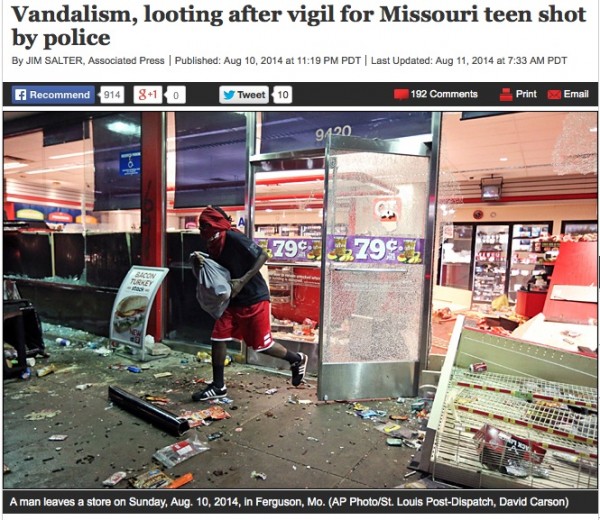
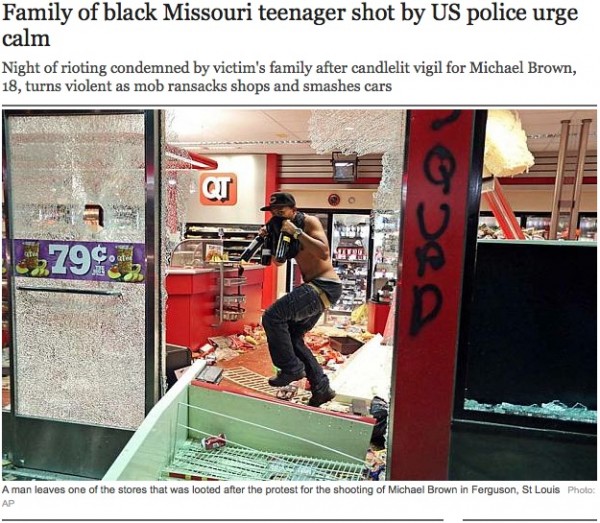
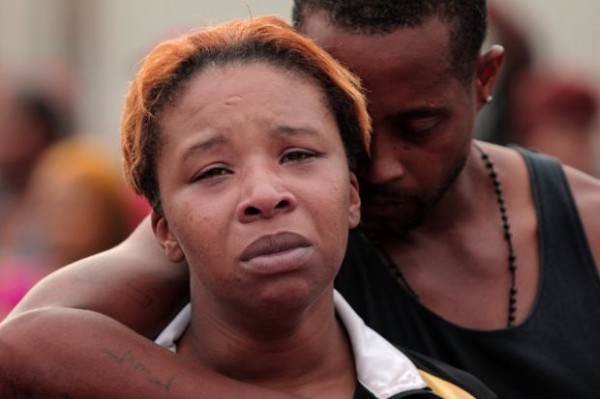
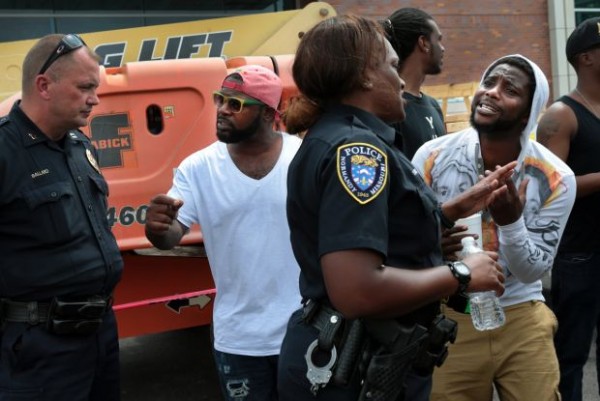
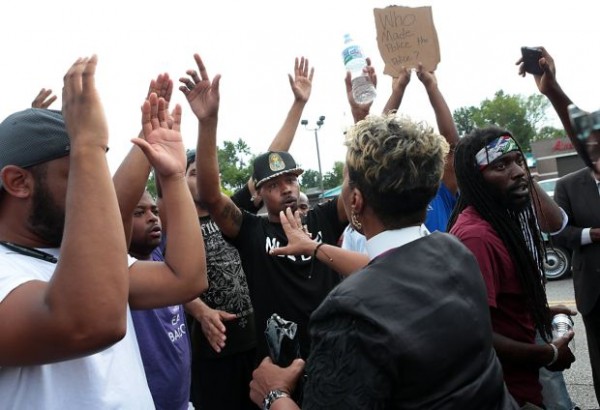
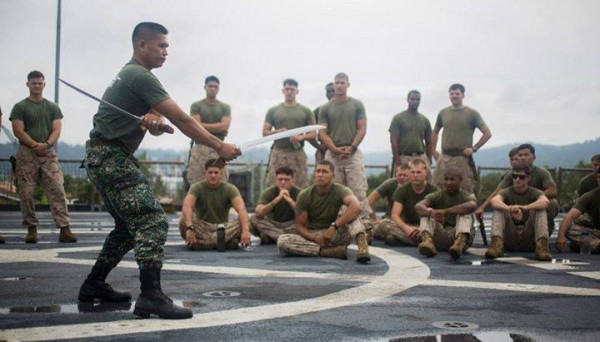
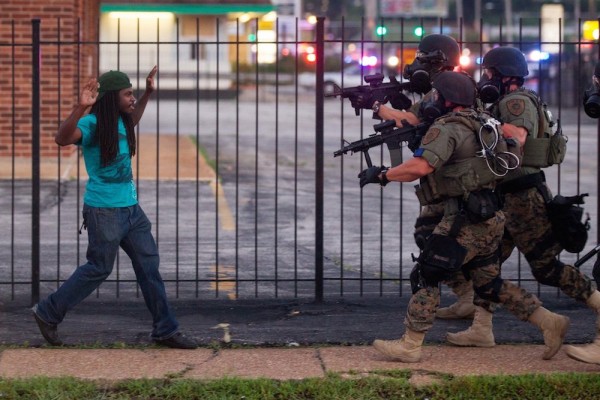
Reactions
Comments Powered by Disqus